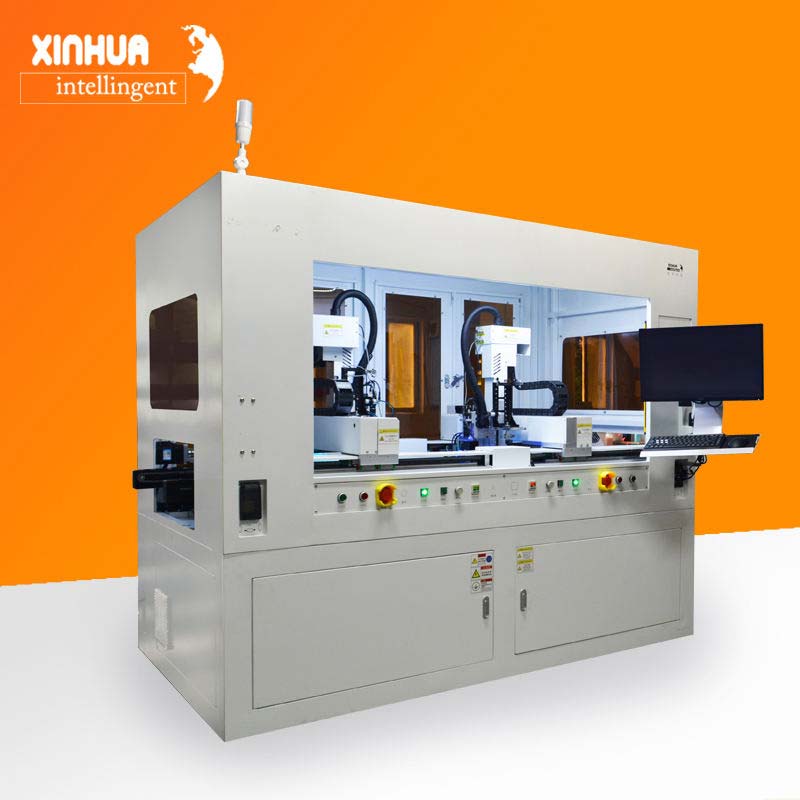
How it Works:
- Camera Integration: A camera (or multiple cameras) is mounted on the dispensing machine, capturing images of the workpiece (e.g., a circuit board, a phone screen, etc.).
-
Image Processing: The captured images are processed by the vision system, which can include:
- Feature Extraction: Identifying key features (e.g., edges, corners, fiducial marks) on the workpiece.
- Object Recognition: Recognizing specific parts or patterns that require glue application.
- Position Calculation: Determining the precise coordinates and orientation of the features.
- Real-time Adjustment: Based on the image analysis, the dispensing system can adjust its path, dispensing speed, and glue volume in real-time to compensate for variations in the workpiece's position, orientation, or even minor defects.
Benefits of Glue Dispenser Machine Vision:
- Increased Precision: Machine vision enables highly accurate glue placement, minimizing errors and waste.
- Enhanced Efficiency: Automated dispensing with vision systems is significantly faster than manual application, leading to increased production throughput.
- Improved Consistency: Vision systems ensure uniform glue deposition, leading to better product quality and fewer defects.
- Reduced Labor Costs: Automating the dispensing process reduces the need for manual labor, lowering overall production costs.
- Flexibility and Adaptability: Vision systems can be programmed to handle a variety of dispensing patterns and workpiece variations, making them adaptable to different production needs.
- Traceability and Data Collection: Some vision systems can record and store data about the dispensing process, which can be useful for quality control and process improvement.
- Handling Complex Shapes: Machine vision can accurately dispense glue on curved surfaces, complex geometries, and parts with tight tolerances that are difficult to handle manually.
Applications:
Glue dispenser machine vision is used in a wide range of industries, including:
- Electronics: Applying adhesive to circuit boards, semiconductors, and other electronic components.
- Automotive: Bonding parts, sealing components, and applying underbody coatings.
- Medical Devices: Adhering medical components, assembling devices, and sealing medical packaging.
- Aerospace: Bonding aerospace components, sealing fuel tanks, and applying specialized coatings.
- Consumer Goods: Assembling products like smartphones, watches, and other electronic devices.
